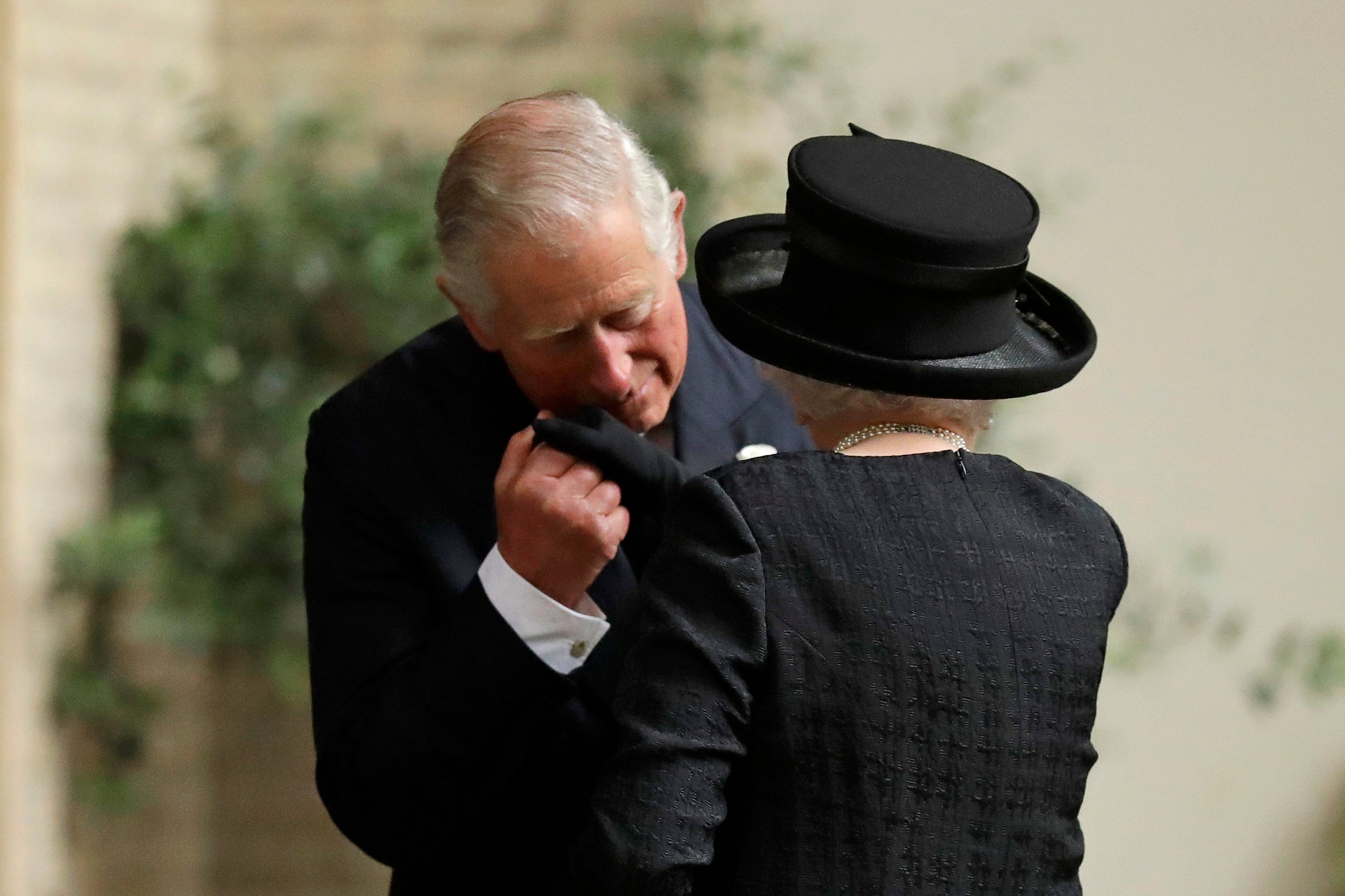New monarch decides mourning period
The length of time the royal family has spent in Court Mourning has varied through the ages.

Your support helps us to tell the story
From reproductive rights to climate change to Big Tech, The Independent is on the ground when the story is developing. Whether it's investigating the financials of Elon Musk's pro-Trump PAC or producing our latest documentary, 'The A Word', which shines a light on the American women fighting for reproductive rights, we know how important it is to parse out the facts from the messaging.
At such a critical moment in US history, we need reporters on the ground. Your donation allows us to keep sending journalists to speak to both sides of the story.
The Independent is trusted by Americans across the entire political spectrum. And unlike many other quality news outlets, we choose not to lock Americans out of our reporting and analysis with paywalls. We believe quality journalism should be available to everyone, paid for by those who can afford it.
Your support makes all the difference.The royal family and their households traditionally enter into Court Mourning following the death of a sovereign.
The length of time spent in Court Mourning has varied throughout history, with the details decided on by the new monarch and the instructions published in the London Gazette.
When George VI died in February 1952, the royals, on the order of Elizabeth II, observed Court Mourning for just over 16 weeks – much shorter than previously.
After George V’s death in January 1936, the court, on the orders of Edward VIII, went into full Court Mourning for six months, followed by three months of half- mourning.
When Queen Victoria died in January 1901, the court went into mourning for an entire year.
The Lord Chamberlain’s Office issued instructions including: “Ladies to wear black Dresses, trimmed with Crape, and black Shoes and Gloves, black Fans, Feathers, and Ornaments. The Gentlemen to wear black Court Dress, with black Swords and Buckles.”
After six months, women at court were allowed to wear black dresses, with coloured ribbons, flowers, feathers, and ornaments, or alternatively grey or white dresses, with black accessories, while men continued with the same mourning clothes.
When Prince Albert died, Queen Victoria gave instructions that the public mourning for the Prince Consort should be “for the longest term in modern times”.
Members of the royal household did not appear in public out of mourning for a year.
Windsor Castle was draped in so much black crepe that the entire country’s supply was depleted in one day.
Victoria mourned Albert for the rest of her life – wearing black for 40 years and continuing to use writing paper with black borders.
She largely withdrew from public life and her absence led to a rise in republican sentiment.
In more modern times, dress code instructions for Court Mourning have been much less detailed, with men wearing dark colours and black ties and women black dress, while troops of the Household Division wear black armbands and ties, with their drums draped in black.
Black-edged writing paper is used by royal households – sometimes with the width reducing as the mourning progresses.
Official engagements may be carried out, although they are often cancelled or postponed. Social engagements are usually cancelled, unless they are in aid of charity.
When the Queen Mother died, the royal family observed Family Mourning, rather than Court Mourning. Family Mourning is usually shorter – black dress is still worn, but black-edged writing paper is not usually used.
The armed services usually observe Service Mourning on the death of a sovereign, with officers wearing a black crepe armband on the left arm as a mark of respect.
Subscribe to Independent Premium to bookmark this article
Want to bookmark your favourite articles and stories to read or reference later? Start your Independent Premium subscription today.